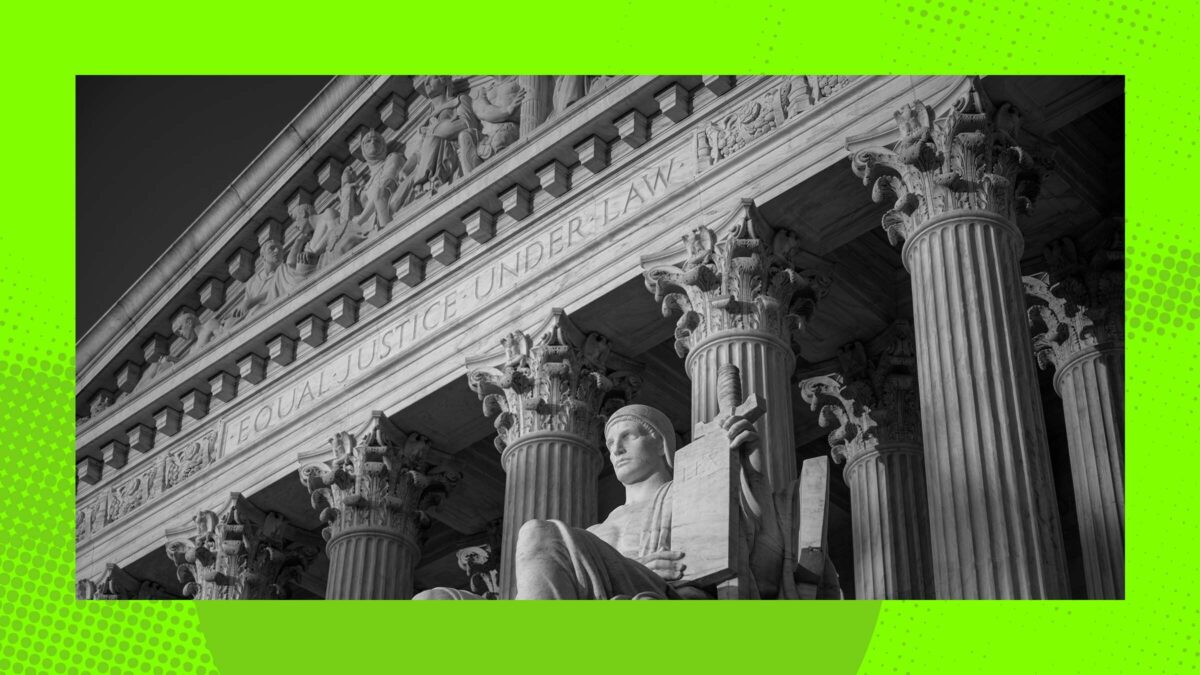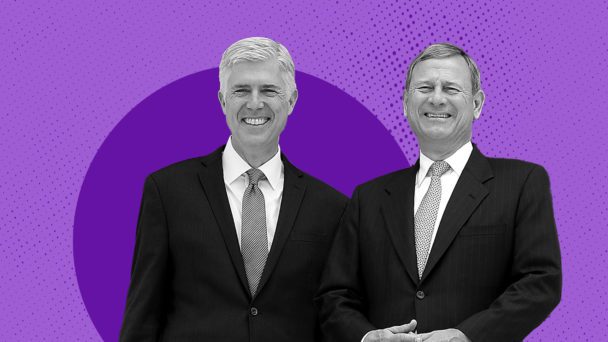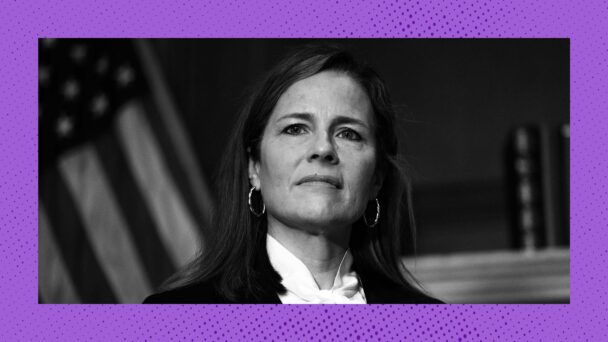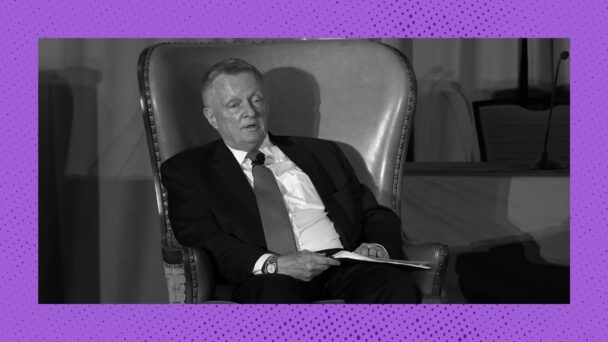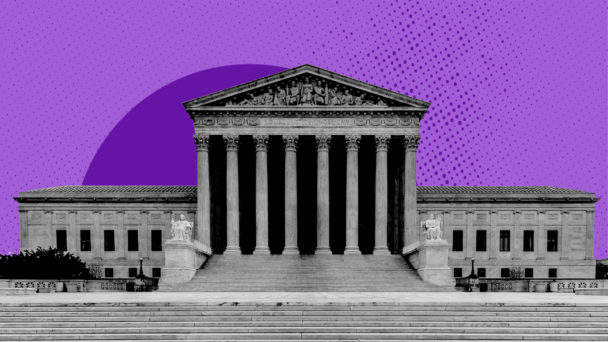On Tuesday, the Supreme Court blocked a lower court order that temporarily stopped President Donald Trump from laying off tens of thousands of federal workers and effectively dismantling congressionally-created agencies by presidential fiat. Six weeks ago, Judge Susan Illston, a judge in California appointed by President Bill Clinton, explained at length that Trump was asking her to either declare that dozens of past presidents and congresses “did not properly understand the separation of powers,” or to “ignore” what the executive branch was plainly doing. “The court can do neither,” Illston said.
But in an unsigned and unexplained order, the Supreme Court just did. “The application for stay presented to Justice Kagan and by her referred to the Court is granted,” said the Court in American Federation of Government Employees v. Trump. Only Justice Ketanji Brown Jackson noted her dissent.
The American Federation case is just one of many in which federal district courts have blocked Trump directives while legal challenges to those directives proceed, only for the Supreme Court to swoop in to override those decisions. Oftentimes, the Court does so without a single sentence explaining what the trial court judges ostensibly did wrong, leaving everyone else unsure about their rights and obligations under law.
The district courts, in contrast, showed their work. In Shilling v. United States, for instance, Judge Benjamin Settle published a 65-page opinion explaining why he was barring the Trump administration from ejecting transgender servicemembers from the military. Settle, a judge sitting in Seattle appointed by President George W. Bush, determined that Trump’s order violated the First Amendment’s guarantee of free speech as well as the Fifth Amendment’s rights to equal protection and due process. And he rejected the government’s contention that courts must simply defer to Trump’s judgment as commander in chief: Any harm the government could claim “pales in comparison to the hardships imposed on transgender service members and otherwise qualified transgender accession candidates, tipping the balance of hardships sharply toward plaintiffs,” concluded Settle.
In one sentence—“The application for stay presented to Justice Kagan and by her referred to the Court is granted”—the Supreme Court blocked Settle’s order anyway. The order was unsigned, but all three liberal justices opted to note their dissent.
In National TPS Alliance v. Noem, Judge Edward Chen published a 78-page opinion explaining why he was pausing the Trump administration’s efforts to strip nearly 350,000 legal residents of their protected status. Chen, a judge in California appointed by President Barack Obama, found that Homeland Security Secretary Kristi Noem likely didn’t have the legal authority to rescind these residents’ legal status—and to make matters worse, that the recission was motivated at least in part by illegal animus against nonwhite immigrants. Furthermore, Chen wrote, the plaintiffs provided “compelling” declarations showing that they would suffer serious wrongs that courts would struggle to put right again, including losing their employment, housing, healthcare, and life in a country many of them have called home for years. The government offered “no evidence” to the contrary, he said.
The Supreme Court blocked Chen’s decision seven weeks later anyway. “The application for stay presented to Justice Kagan and by her referred to the Court is granted,” said the Court in another unsigned order. “Justice Jackson would deny the application.”
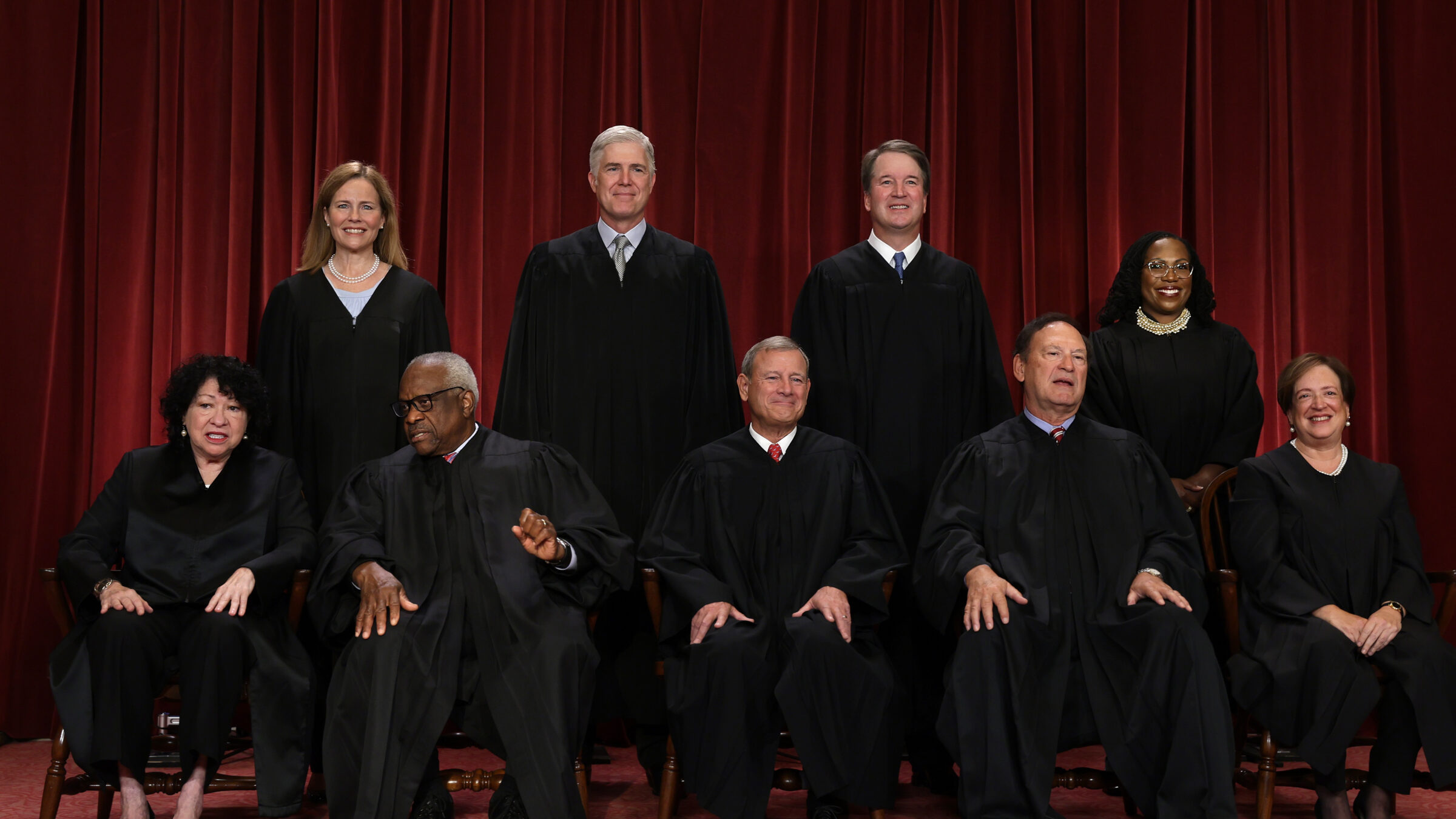
(Photo by Alex Wong/Getty Images)
Finally, in D.V.D. v. Department of Homeland Security, Judge Brian Murphy published a 48-page opinion explaining why he was preventing the Trump administration from forcibly shipping people off to random countries without warning, or a chance to tell the government, “FYI if you drop me off in the middle of a war zone, I might die.” In Murphy’s view, this was a no-brainer: After summarizing the government’s argument, he wrote that “all nine sitting justices of the Supreme Court of the United States, the Assistant Solicitor General of the United States, Congress, common sense, basic decency, and this Court all disagree.”
Yet two months later, the conservative justices responded with their usual refrain. “The application for stay presented to Justice Jackson and by her referred to the Court is granted,” they said. This time, Justice Sonia Sotomayor dissented for the liberal justices, calling the conservative majority’s order “as incomprehensible as it is inexcusable.”
Just hours after the Supreme Court stayed the lower court’s order, Murphy told the parties that a related but different order in the case remained “in full force and effect, notwithstanding today’s stay of the Preliminary Injunction.” That order outlined several steps the Trump administration had to take to remedy its earlier violations of Murphy’s injunction, including providing regular status reports on people the administration had illegally removed and letting them speak with an attorney. The administration responded by filing a “motion for an order clarifying” the Supreme Court’s order.
And on July 3, the Court finally spoke up. In another unsigned order, the Court wrote that Murphy’s “remedial order cannot now be used to enforce an injunction that our stay rendered unenforceable,” and ordered the trial court to “conform its order to our previous stay and cease enforcing” the injunction through the remedial order.
Sotomayor again dissented, joined by Justice Ketanji Brown Jackson. “Today’s order not only excuses (once again) the Government’s undisguised contempt for the Judiciary; it also leaves the District Court without any guidance about how this litigation should proceed,” she wrote. Sotomayor also suggested that the Court was withholding information from the lower court in order to get the lower court to “give up”—a ploy for the justices to give the appearance of keeping their hands clean, all the while lending a hand to Trump’s illegal conduct.
In the American Federation case, Jackson made clear that she too is fed up with the Court’s umpteenth unexplained decision to “casually disregard” a lower court’s work. “On what grounds does the majority deviate from the District Court’s fact-based findings here?” she wrote. “Has it found that the court below clearly erred with respect to its assessment of the evidence? Has it opted to simply ignore the well-settled deferential standards of review? Has it made its own factual findings about the nature, scope, and extent of the Government’s reorganization activities?” The answers to these “crucial” questions, she concluded,” are “anyone’s guess.”
Decisions giving the Court’s imprimatur to Trump’s crusade against nonwhite immigrants would not have been fine if the justices had signed and explained them. Providing a reason doesn’t necessarily mean the reason has legal merit, and a plausible legal explanation for injustice doesn’t mean judges should excuse it.
But the justices’ failure to say anything substantive in these cases fuels chaos for both the lower court judges who are supposed to apply the law, and also the people who are subject to it. When judges do not show their work, people’s rights become more nebulous, and the judiciary’s claims to legitimacy become more tenuous. And the injury the Court inflicts is compounded by its insult. Every time the Court allows one of Trump’s policies to take effect without writing even a perfunctory opinion, the conservative justices send an implicit message: Not only do you deserve to suffer, you don’t deserve to know why.
